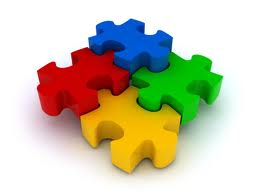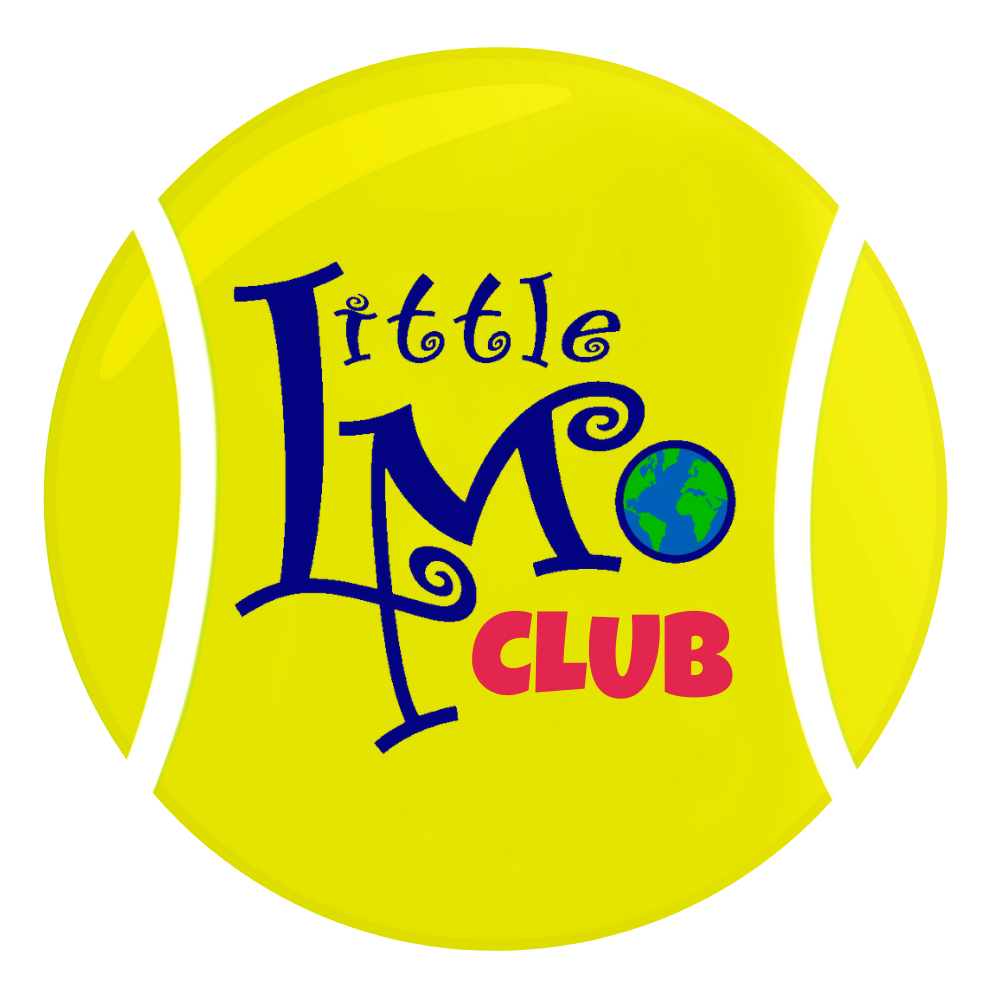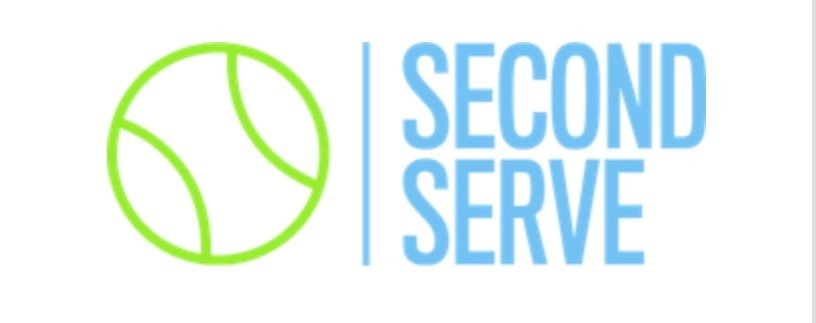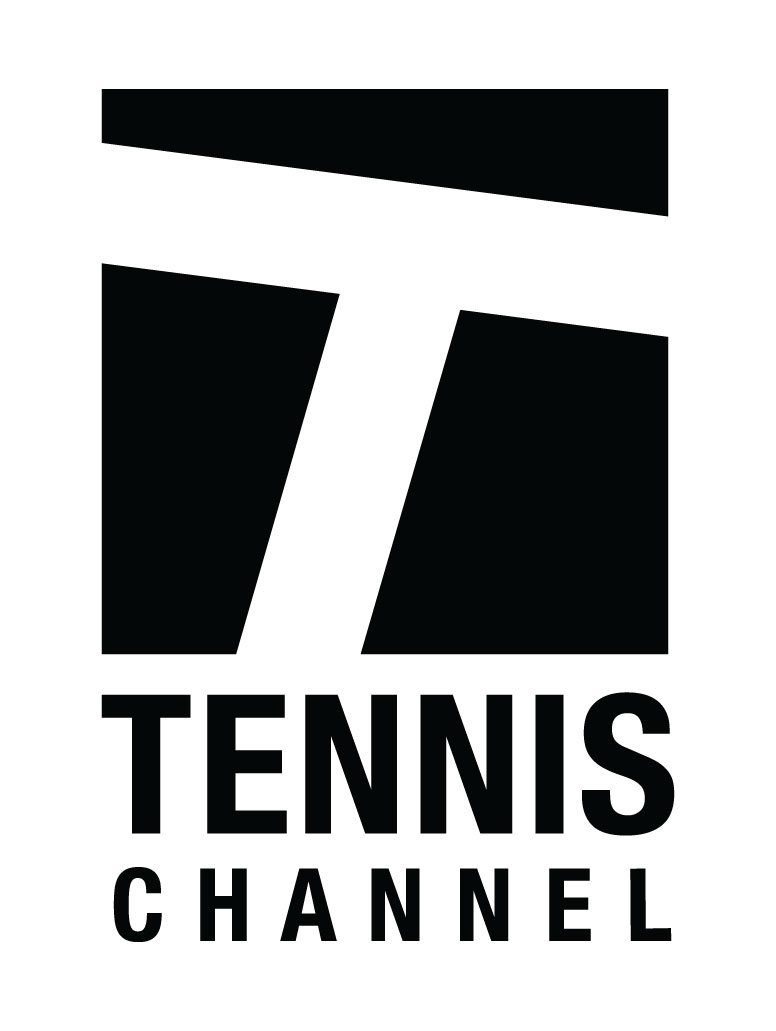A Great Fix
Up Next
How ITF Junior Tournaments Work
I recently met with Ross Greenstein of Scholarship for Athletes to talk about various aspects of junior and college tennis. Ross grew up playing junior tennis and went on to play at the University of Florida. He now works with junior players and their families to navigate the college recruiting process, so I trust him as a reliable resource on matters having to do with junior tennis and college.
He asked me to give him the down-and-dirty rundown on what’s going on with the USTA’s proposed changes to the junior competition schedule and the feedback I’ve been hearing from other parents as well as coaches. Then, he shared with me what I consider a brilliant solution . . .
Instead of making the draws smaller at the big national tournaments (Winter Nationals, National Clay Courts, and National Hard Courts), taking away the opportunity for many junior players to have the experience of playing at these events, why not have 2 equal-sized draws of 128 each where the players ranked 1-128 play in one draw and the players ranked 129-256 play in the other? There would be a modified feed-in consolation for each draw, so players would either be guaranteed 2 or 3 matches (that detail can be worked out later). The two separate draws could have a staggered start-date so that court availability wouldn’t be an issue, and play would continue on a daily basis so no player would have a day off, needlessly spending money on a hotel and meals and rental car.
What made Ross come up with such a format? He says, “I was looking at how many matches are uncompetitive at our national events. I looked at Hard Courts and Clay Courts in the 18’s for boys and girls this summer, and over 20% of all main draws matches are not competitive. I would define that as one of the players not getting even 3 games in either set. 6-2, 6-2 is not competitive.”
From the tournament directors’ perspective, this approach is a win-win. More players means more income from entry fees. More players also means more revenue for the host community in terms of hotel rooms, restaurants, rental cars, shopping, etc. which makes the event an easier “sell” to potential sponsors.
From the college coaches’ perspective, it’s a win-win. The coaches from the top D1 schools could focus their time watching Players 1-128, those most likely to be candidates for their programs. The coaches from the 2nd tier D1 and the D2 and D3 schools could focus their time watching Players 129-256, those most likely to be candidates for their programs. This format would attract more coaches from a variety of schools, which would give the players and their families a chance to speak to those coaches face-to-face and learn more about the individual programs.
I asked University of Georgia’s Men’s Head Coach, Manny Diaz, what he thought of the proposal. He says, “I like the idea. In the context of keeping more kids involved in the highest levels of our sport, I would also think having a 64 qualifying draw with 8 qualifiers into a 128 draw would be a good consideration.” Not a bad addition to the plan, Coach!
From the players’ perspective, it’s a win-win. More kids get to play in the most prestigious American junior tennis tournaments. They have the opportunity to play more competitive matches from the get-go since the draws will be separated by ranking, which should avoid that dreaded 0&0 “triple crown” effect that Lew Brewer alluded to when I spoke to him about the smaller draw sizes. More players have the opportunity for face-to-face meetings with coaches who will be interested in, and have the possibility of, recruiting them. For those players in the 129-256 draw who aspire to play at a higher-level D1 school, getting their ranking into that top 128 so those coaches will watch them play gives them a concrete goal to work toward for the next year. For those who say it’s too expensive to travel to these national events, this proposed format would reduce the amount of time you would have to stay at the event by ensuring play (barring weather delays) on consecutive days. Of course, whether or not a family chooses to travel for a child’s tennis is completely their own decision, but if the child’s goal is to compete on the national level and eventually play college tennis, why not provide a scenario that gives them the best chance of getting into the tournament and playing some good competitive matches while there, not to mention the best chance of being seen by the appropriate college coaches?
And, unlike the “waterfall draws” of our current Southern Level 3 tournaments, under this proposed format the top kids would get the chance to compete against one another, driving each other to get better. Ross told me the story of a player he worked with a few years ago. He asked me, “Do you remember when Federer was #1, Nadal was #2, and Djokovic was #3? Do you know how many times Djokovic played Federer and Nadal that year? Thirteen times!” Ross talked about how much Djokovic improved that year, how playing the top two guys drove him to work harder to figure out how to beat them. He then went on to tell me about his player, ranked #3 in the country, a very strong recruit. “Do you know how many times my player got to play the #1 and #2 players during his junior year? Zero!” That is one of the often-overlooked flaws in our current tournament system. We need rivalries at the top. That’s what fuels hard work, ambition, and a hunger to get better. And it’s one of the reasons we see many college players at the top programs develop to the next level – that daily competition against their peers.
- Better match play for all participants
- Better for athletes and parents in the recruiting process
- Better for college coaches in the recruiting process
- Better for the host city and the tournament director
- Gives more kids a chance to play the big national events
- Gives kids concrete goals to shoot for
- I just don’t see any. Do you? If so, please share in the Comments below.












